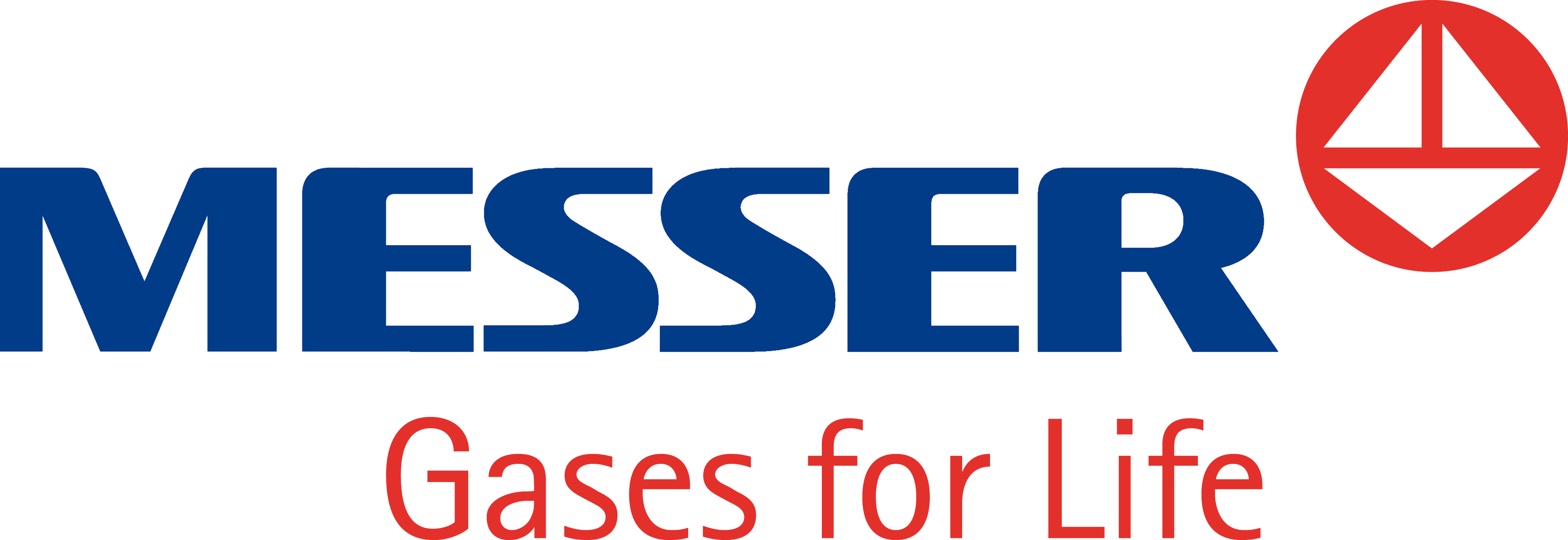News
By: Editorial Team
Supermirrors need high-purity gases
Supermirrors need high-purity gases
Switzerland | SwissNeutronics uses argon 6.0 and nitrogen 5.0 from Messer as process gases in the production of neutron guides. Research centers use those guides to direct neutron streams from a source to a target over distances ranging from 10 to 100 meters. They are rectangular in cross-section and made of neutron supermirrors. At shallow angles, neutrons strike the reflective inner walls of the guides, which reflect them like light and keep them oriented in the predetermined direction. Applied to super-polished substrates made of glass, aluminum or copper, the mirror material forms an atomically smooth surface. The highly complex metal coatings can comprise up to 10,000 individual layers. They are only a few nanometers thick and applied by DC magnetron sputtering. The high-purity argon and nitrogen gases guarantee a process atmosphere without contaminants.
SwissNeutronics is a spin-off of the Paul Scherrer Institute in Villigen. Headquartered in Klingnau, the company has been developing and producing neutron optical components and systems for large-scale research facilities all over the world since 1999. To make use of neutrons, the particles must be transported from the source to the experiment over relatively long distances. These high-efficiency neutron guide systems accomplish this with virtually no losses and pinpoint precision. Moreover, the neutrons can also be selected according to properties such as intrinsic angular momentum and wavelength.
View inside the Z600 sputter coater with three sputter targets for coating neutron supermirrors and functional layers for various technical applications.
Research with neutrons
Neutrons are used as a probe to characterize and measure materials, to develop new materials and processes, and to conduct research into innovative technologies or advanced research fields. Neutrons have no electrical charge, and this enables them to penetrate deep inside the structure of a material without causing serious damage, whereby interactions on the atomic scale are measurable. The use of neutron beams in combination with scientific experience simplifies research and development in various fields:
- Research into the microstructures of materials
- Mechanical stresses in metals
- Behavior of plastics and colloids
- Performance of permanent magnets
- Morphology of magnetic and non-magnetic surfaces and layers
- Trace element analysis and in-situ studies of chemical reactions in industrial products

